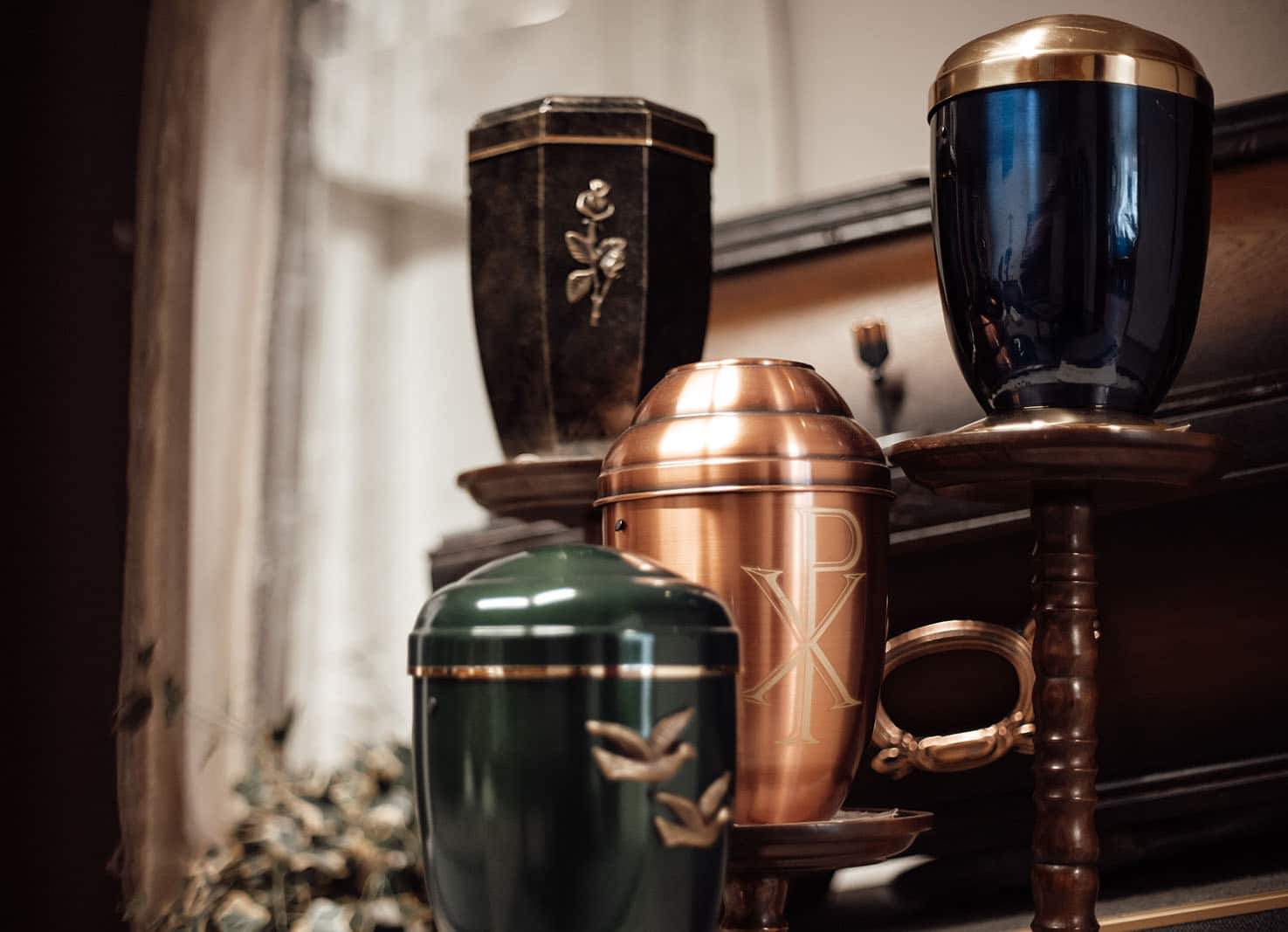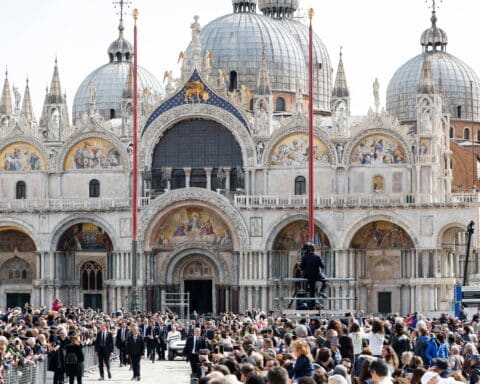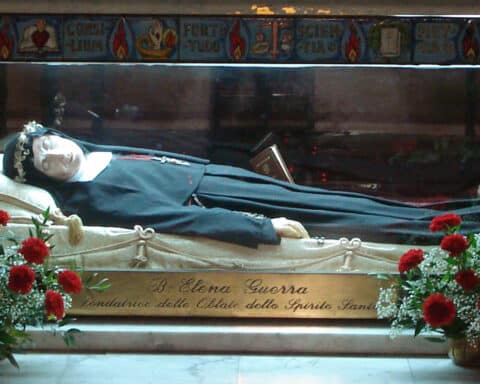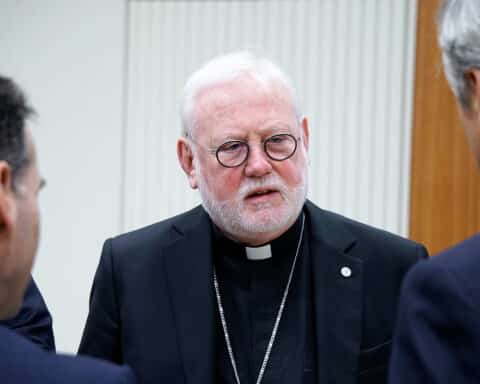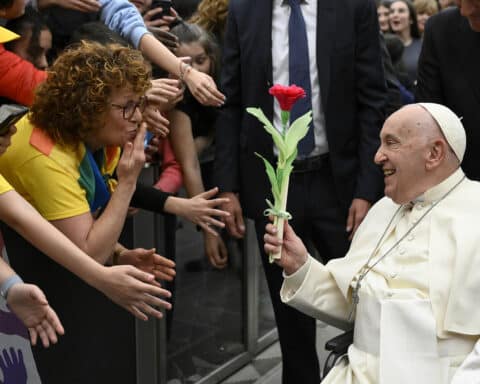Question: In a recent column, you cautioned the faithful not to scatter ashes of the deceased or divide them among family members or various places. Rather, they should be buried intact in a Catholic cemetery. It now seems that the Vatican has permitted such practices in a recent document. Do you wish to recant your previous admonitions?
— Name, location withheld
Answer: The Vatican document you reference seems to say “yes” to certain matters about cremated remains but then qualifies the yes significantly. The response to the dubia — technically called a “notitia” (or note) — deals with two questions.
The first question considered is whether the cremated remains (“cremains”) of the deceased may be collected or stored in a central place designated for this purpose. This is much like the bones of many deceased from long ago that were collected and often placed in church crypts or special locations. This practice was common in Europe and other parts of the world where the bones of fully decayed bodies were collected and “stacked” reverently in or near churches to permit grave sites to be used by more recently deceased persons. As such, the bones were commingled. The Vatican Dicastery for the Doctrine of the Faith answered that this practice of the commingled accumulation and preservation of the cremains of deceased baptized persons could take place, provided that the identity of each person is listed so as not to lose the memory of their names. Further, the place is to be sacred, that is, set apart and dedicated to this sole purpose by the local Church authorities (usually the bishop). This location is usually on church or Catholic cemetery grounds where regular prayers, remembrances and visitations are often done.
Limitations
As to the second question more pertinent to your concerns, the document does not explicitly forbid any retention of cremains in a home, but it does significantly limit and qualify any such practice. First, the local bishop must evaluate such a request and give permission, ensuring that there are no practices contrary to the Faith involved. Further, the cremains of the deceased are to be kept in a “sacred” place. Again, “sacred” has a canonical meaning here. It does not just mean “special” or “significant.” “Sacred” means a place set apart solely for a religious purpose and usually blessed or consecrated by the bishop or his delegate. So, fireplace mantles or closets or even favorite places of the deceased, such as a nearby creek where he fished or a favorite spot on the back porch, do not usually qualify as sacred. Consider that a fireplace mantle does not exist solely for the placing of cremains. It usually hosts trinkets, or a clock, or pictures and even seasonable memorabilia. Further, such spaces are not usually blessed by the clergy for the sole purpose of being a place for prayer for the deceased. Local creeks or even favorite spots of the deceased do not qualify either for a host of reasons. It is not possible to set a creek aside for the sole purpose of remembering the dead, unless a chapel or prayer place is formally blessed and erected near the spot. The same is usually true of favorite spots in the house. People move from homes, or the needs of a room or space changes as years progress. Thus, one cannot reasonably set aside such spaces on a permanent basis for the sole use of commemorating the dead. Hence, even if a “place of significance for the history of the deceased person” is identified by a family, the local bishop must still ensure things that are hard to ensure. Any proper and strict reading of this response more than suggests that such allowances should be rare, given the overarching requirement that “the [cremains] of the deceased are kept in a sacred place.”
Clearly, none of this document can be used to justify the intentional scattering of cremated remains in fields, into the water or out of planes. Neither does it envision the dividing of remains to the homes of the relatives unless a sacred place exists there. It is true that the document may seem permissive, but the stipulations on the permission are significant. Sadly, many will not take the documents’ limits seriously or even read them. They will simply hear that the Vatican now permits ashes to be retained and no longer requires burial. Any passing reading of the document will show that this is not a wide approval of the questionable practices that have been set up with cremation.

